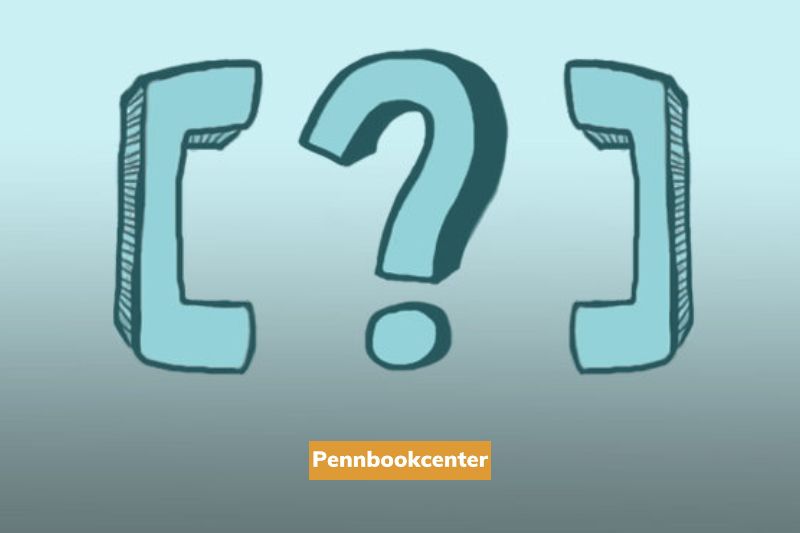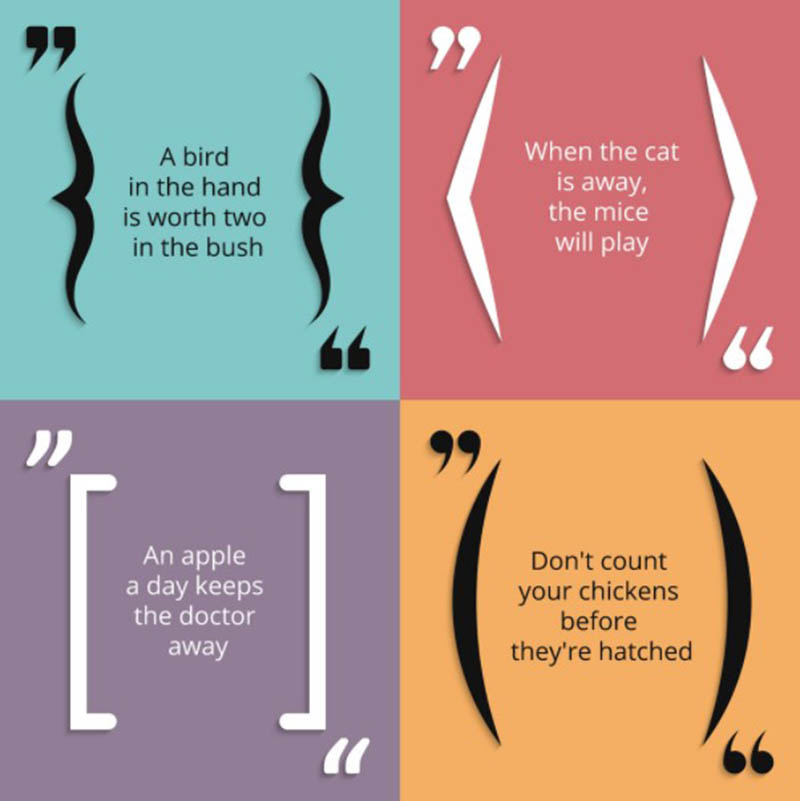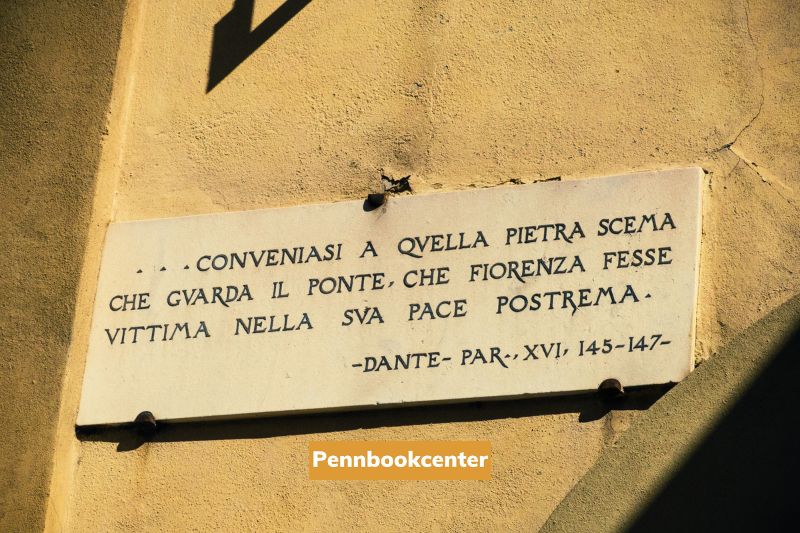Brackets can be used in a sentence to add information that isn’t essential to the main point. So do you know how to use brackets in quotes? Continue reading our blog to find out more about this topic from Penn Book.
What Are Brackets?

Square brackets: [].
Square or brackets are fine. Quotes typically include words in brackets.
An example:
The brackets define who “we” is in this circumstance. Without the brackets, Steph would appear to have spoken “Steph and her brother.” If you edit a remark without brackets, you risk misquoting it, which can have major ramifications in official writing like an academic essay, report, or investigative story.
Bracket quotes can also be used to explain non-quoted language.
Such as: Mr. Jones had a restless night.
In this case, the reader may not have understood who “he” was. Thus, bracketed explanation.
What are Parentheses?

Parentheses () are rounded brackets.
They add information to a sentence. Parentheses can hold a word, phrase, or paragraph.
The statement makes sense even without the parentheses. Commas can often replace parentheses without changing the meaning.
Parenthetical statements:
Despite having a license for eleven years, snow made Mark uneasy about driving.
The paragraph in parenthesis might be removed without changing the statement’s meaning, but it adds useful information.
How To Use Brackets In Quotes?
Use brackets in a paper to indicate important information that is not included in direct quotes. The brackets are used to indicate the
The information is added to the quote to explain it further. There are many ways to use brackets:

1. For more information, please correct or comment on a direct quote:
Ex. According to one student, “the [writing] center is a helpful resource.”
*Notice the [writing] added to indicate which center the student refers to.
Ex. The dance instructor eventually becomes frustrated with Teresa’s missteps and scolds her:
“…Teresa, donde estas hoy? [where are you today?]”
Notice that the brackets are used to translate the Spanish words into English.
Ex. Mrs. Martin indicated on Ava’s report card that she has been “well behaved, eager to participate, and fiendly [sic] with her peers.”
Note: The Latin word sic (“thus, so”) is used in brackets to indicate that the writer copied the original text exactly in the quotation, but believes that the word directly before sic is an error or questionable.
2. Modifying a part of a word to indicate that it needs changes from its original form.
Ex. Original sentence: “In a paper, use brackets to signify important information added to direct or block quotes.”
The sentence included in the text: After reading the bracket handout, Sally writes her science paper “us[ing] brackets to signify important information added to direct or block quotes.”
3. To replace parentheses in parentheses
Ex. Nancy noticed that her daughter, Tabatha, tends to omit “s” sounds while speaking.
Concerned that Tabatha may need special speech assistance, Nancy consulted with the elementary school. (The school’s speech language pathologist [SLP] will need to meet with both Nancy and Tabatha.)
*Notice that the writer places the acronym for a speech language pathologist in brackets within the parentheses

Bracket Use: Quick Summary
Do
- To clarify the meaning of a quotation, use brackets.
- You can use brackets to include inserted words intended to give a brief explanation within the quotation.
- When incorporating a quote into your paper, use brackets to indicate a change in the letter case or verb form.
Do not
- When inserting words in a quotation, use parentheses.
- When integrating quotes into your paper, use parentheses to indicate a change in the letter case or verb form.
- You can use bracketed material to twist the meaning of the author.
FAQs

What are brackets used for in quotations?
Square brackets are placed around any changes or inserts indirect quotations. These brackets are used in pairs and enclose words that clarify meaning or provide brief explanations.
How do you put a block quote in brackets?
Square brackets can be used to surround words that have been added but not included in the original quote. You might have a source saying, “Brenda, David went to the shop”, but you want your quote to only refer to David. You should change the sentence to “[He] went into the store.”
What is the difference between parentheses and brackets?
The punctuation mark parentheses are used to separate information from a paragraph of text. Brackets (sometimes called square brackets) are commonly used to indicate that words have been added indirect quotations.
What are pointy brackets called?
The four most common paired punctuation symbols include the bracket (or square bracket, also known as a parenthesis in British English), parenthesis (plural; parentheses), brace (curly bracket), and the inequality sign (“pointy bracket”).
Read more: Single Quotes Vs Double Quotes: What’s The Difference?
Conclusion
Using brackets in quotes can help to add context or provide additional information about the quote. It can also be used to change the meaning of a quote, depending on how it is used. When using brackets in quotes, it is important to be aware of the different ways that they can be used in order to ensure that you are using them correctly.
